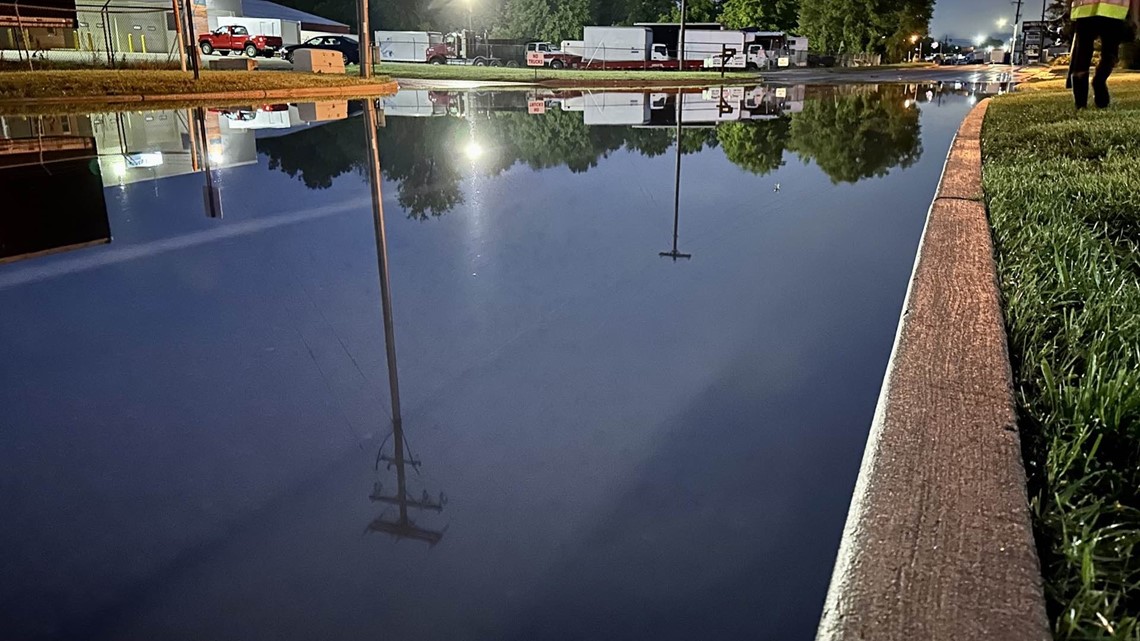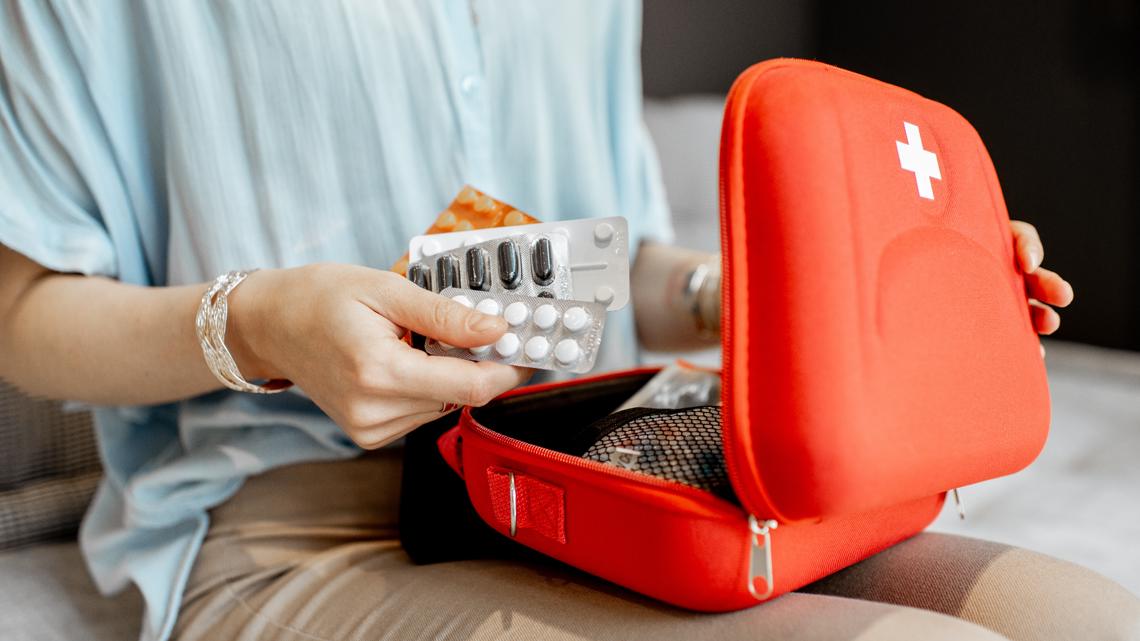GRAND RAPIDS, Mich. — When flooding is forecasted for your area, it is best to be prepared before the flood waters arrive to reduce risk of injury to you and your family or damage to your property.
And the first way to prepare is by knowing what each type of flood terms means.
Know your flood terms
Flood Watch: Flooding is possible in your area. Monitor local media channels and listen to your NOAA weather radio.
Flash Flood: Rapid flooding, usually in low lying areas. Water floods with great force.
Flash Flood Watch: Flash flooding is possible in your area. Monitor local media channels and listen to your NOAA weather radio.
Flood Warning: Flooding is occurring or will occur in your area. Move to higher ground and listen to local media for evacuation orders.
Flash Flood Warning: A flash flood is occurring. Seek higher ground and listen to local media for evacuation orders.
Now that you know what each type of flood warning and watch means, it is time to prepare you, your family and your home for the possibility of a flood.
How to prepare for a flood


- Create an emergency preparedness kit with a 72-hour supply of water, including three gallons per person.
- Scan and store important documents on an online, cloud-based program.
- Put important documents and valuables in a water-proof container on the top floor of your home.
- Understand how to safely turn off electricity and gas lines in your home.
- Create an inventory of your household items and take photos of the interior and exterior of your home.
- Consider installing sewer backflow valves to prevent flood water from backing up into your home through drain pipes.
- Double-check sump pumps to ensure they are working properly. If possible, have a battery backup system.
- Keep materials like sandbags, plywood, plastic sheeting and lumber handy for emergency water-proofing.
- Find out how many feet your property is above and below possible flood levels. When predicted flood levels are broadcast, you can determine if you may be flooded.
- Rise or flood-proof heating, ventilating and air conditioning equipment by elevating equipment above areas prone to flooding. Another method is to leave equipment where it is and build a concrete or masonry block flood wall around it.
- Anchor fuel tanks. Unanchored fuel tanks can be easily moved by floodwaters.
- Create an emergency kit with basic supplies and about three days of food and water.
Creating an emergency kit


In extreme cases of flooding, you may be trapped in your home for multiple days so it is important to make sure you have essentials on hand.
- Have at least three days worth of food, water and medicine on hand in case of electricity and/or water service disruption.
- Have these other essential items on hand:
- Batteries for electronic devices
- Blankets
- Flashlights
- First aid kit
- Rubber boots
- Rubber gloves
- NOAA Weather Radio or other battery powered radio
Determining your risk of flooding
The Federal Emergency Management Agency (FEMA) mapped floodplains for the area, which you can find on an interactive map. Using the map, you can determine if your property is inside of a floodplain and what the likelihood of a flood occurring may be.
Enter in an address to the FEMA Flood Map Service Center to see what the floodplain mapping looks like in your area. You can also reach out to the state to request a free 100-year flood elevation estimate for your property.
Now that you know how to prepare for a flood, it is time to learn how to be safe during a flood.
►Make it easy to keep up to date with more stories like this. Download the 13 ON YOUR SIDE app now.
Have a news tip? Email news@13onyourside.com, visit our Facebook page or Twitter. Subscribe to our YouTube channel.
Watch 13 ON YOUR SIDE for free on Roku, Amazon Fire TV Stick, Apple TV and on your phone.

